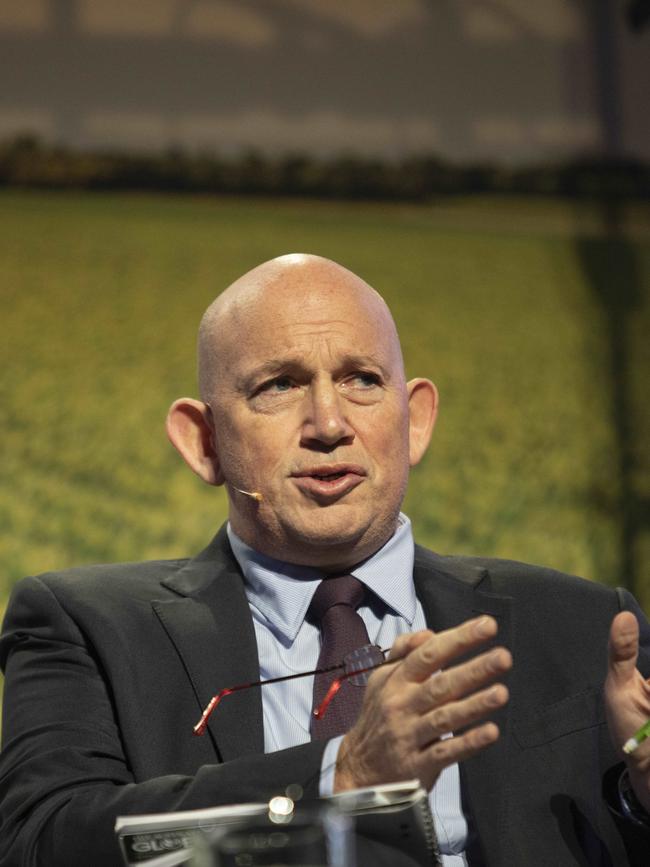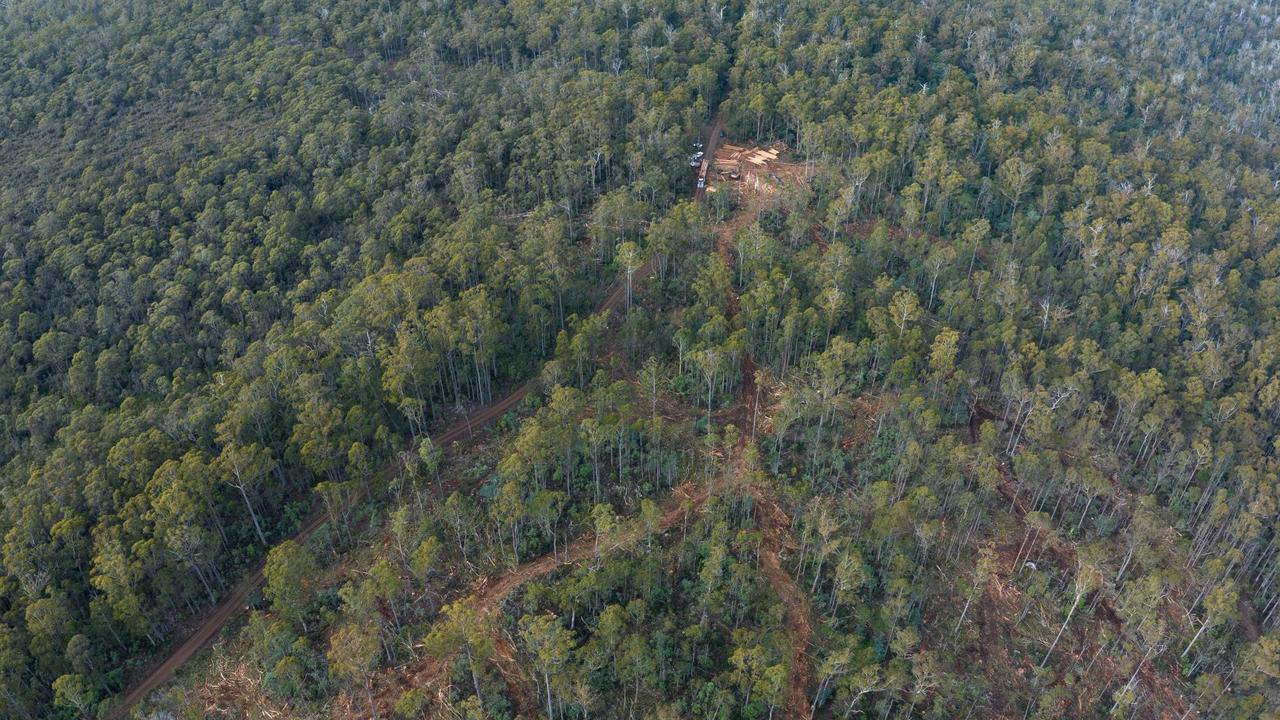Indian free trade and growing middle class offer Australian wine potential
Only about 1 per cent of the Indian population drinks wine, but with 1.42 billion inhabitants, any growth in consumption offers massive opportunities.

Australian wine exports to India have tripled in the past decade and winemakers are eyeing-off the subcontinent and its burgeoning middle class as a growth market for high-quality products.
Only about 1 per cent of the Indian population drinks wine, but in a country of 1.42 billion people, it’s a huge market.
And as the surging Indian economy expands the middle class, the number of wine drinkers is expected to continue to grow.
It’s the reason Victorian farmer and winemaker Gerard Kennedy lugged three cases of wine across India when he joined a trade delegation led by ANZ Bank this week, giving bottles of his family’s Kennedy shiraz, rose, sangiovese and tempranillo as gifts in a bid to build relationships.
“I thought it was a good opportunity while we’re here to understand how we can contribute to the changing economy,” Mr Kennedy said. “The feedback has been really positive.
“There’s been a lot of talk about the Indian market, but it hasn’t been until I came over here that it has really solidified the challenges and opportunities.
“I’ll get home and start communicating with the contacts I’ve made here to solidify those relationships.”
The Kennedy family’s farming properties and vineyards are located in Victoria’s Heathcote wine region, supplying wine to the domestic market.
But a bid to enter the coveted Chinese market fell flat when Beijing implemented onerous tariffs on Australian wine amid heightened diplomatic tension.
Since the tariffs were lifted, in May, Australian wine exports into China have failed to reach their previous levels, prompting some growers to rip out vines and others to look for potential alternative markets.

It has coincided with the implementation of a free-trade agreement with India that will progressively lower tariffs on high-end Australian wines over the next decade.
“I think that it’s important that boutique, higher-end producers have a chance to show the diversity of wines in Australia to ensure that Australian wine isn’t typecast as cheap and cheerful and for consumers to look to countries like France for higher quality,” Mr Kennedy said.
About 40 per cent of wine imports into India are from Australia, with Jacob’s Creek leading the pack.
Sales have grown from about $4m in 2016 to about $16m.
India has its own wine producers, but more affluent consumers have an inclination towards imported wine and consumption is expected to grow from 29.2 million litres in 2020 to 55.5 million litres by 2025.
Increasing wine exports into India has been a focus of the Australian government’s international trade promotion and investment agency Austrade, which, alongside Wine Australia, has been hosting regular exhibitions in a bid to boost Indian knowledge of the products available.
Austrade’s Mumbai-based trade and investment commissioner, John Southwell, said the free-trade agreement, which came into effect in 2023, offered a headstart for Australian wine producers but accessing the Indian market required an understanding of Indian business and supply chains.
“India is one of the last untapped wine markets for Australia,” Mr Southwell said.
“I think India rewards the patient, creative and agile.”

ANZ’s executive director for agribusiness industry insights, Michael Whitehead, said that while alcohol consumption in India was typically focused on beer and whisky, the growing middle-class population saw drinking wine, and more so Australian wine, as a status symbol.
“As the sophistication of the middle class grows they are looking globally and seeing products like wine as something they want,” Mr Whitehead said.
“Australian wine hits the sweet spot in that it is a high-quality product at comparatively lower prices to a lot of global competitors, which is just right for young and affluent Indians.”




To join the conversation, please log in. Don't have an account? Register
Join the conversation, you are commenting as Logout